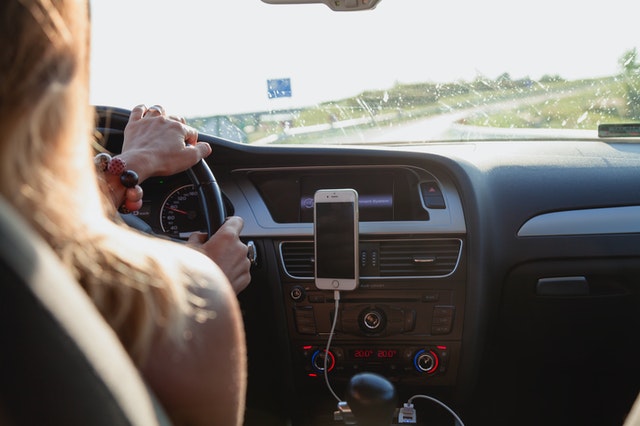There’s no denying that driving isn’t always an enjoyable pastime. In fact, many people are somewhat fearful of getting behind the wheel and dealing with the various emotions that come with driving. If you can drive, but it’s something that you’d rather not do if you can help it, you likely have a fear or phobia of driving. It’s a fear that can take over your life and limit your ability to do basic things like socializing and work. Here are some practical ideas to help you build your confidence and curb the fear of driving.
Make Sure Your Vehicle Is Safe
One thing that can create anxiety around driving is believing that your vehicle isn’t safe. This feeling might be valid or could be simply imagination. That said, it’s important to get all scheduled maintenance to ensure you’re car is in optimal working condition.
If it’s in your budget, consider purchasing a new car with more advanced safety features. For example, some have features and systems that can help you anticipate hazards on the road like vehicles suddenly braking or icy and snowy roads.
Change the Way You Think about Driving
Next, reevaluate the way you think about driving. Consider what might be the reason behind your fears. Did you have an accident that required you to call a car crash lawyer in the past? I experienced this very thing, and it took me some time to be able to drive again. Some of it was because of anxiety and some physical discomfort. Maybe you’ve had a breakdown that left you stranded. Fear can be the product of bad experiences, but, sometimes, it doesn’t have any association that makes logical sense. Once you do this exercise, think about some pleasant experiences you’ve had in a car. In addition, visualize yourself driving and having fun or going to your favorite locations.
If you’re relatively new behind the wheel, then have regular lessons with a driving instructor or an insured relative. The more you practice and get comfortable, the better – and you can start looking at driving test cancellations to move your test date. Some people find this a useful tactic to curb their nerves rather than prolonging and overthinking the physical driving test.
Don’t Travel During Busy Periods
Do know that driving your car at certain times of the day or night is statistically safer. With that in mind, travel during quieter periods on the road and when you feel the safest. That means avoiding rush hour periods that are usually around 8 to 9 a.m. in the morning and somewhere around 4:30 to 5:30 in the evening. Sometimes, starting your driving journey just 30 minutes later than planned will help you encounter fewer people on the road.
Don’t Travel at Night (If Possible)
The thing about driving a vehicle at night is that it presents a whole host of new driving challenges. For example, it can be harder to perceive potential hazards due to low light. If your driving phobia primarily relates to traveling at night, consider having a friend in the passenger seat beside you. He or she can take over if you feel anxious at any point and help you gain driving confidence.
Get Your Vision Checked
One final tip involves having your eyesight checked by a professional. Believe it or not, some people’s driving fears are easily resolved by wearing eyeglasses if they struggle to see people or vehicles in the distance. You might just need to upgrade your prescription if you already wear glasses. Additionally, ask for non-glare lenses to help you to see more clearly at night.
 Women's Life Link Be Well, Be Happy, Be YOU!
Women's Life Link Be Well, Be Happy, Be YOU!




